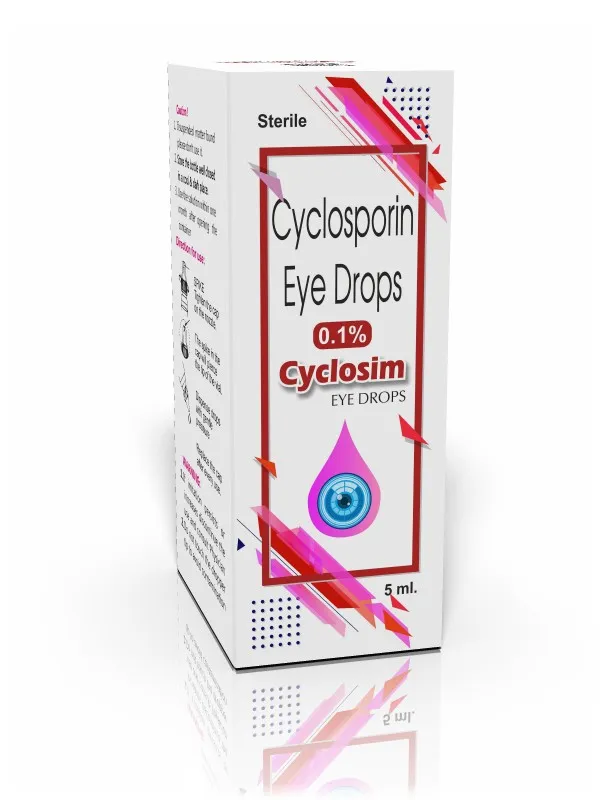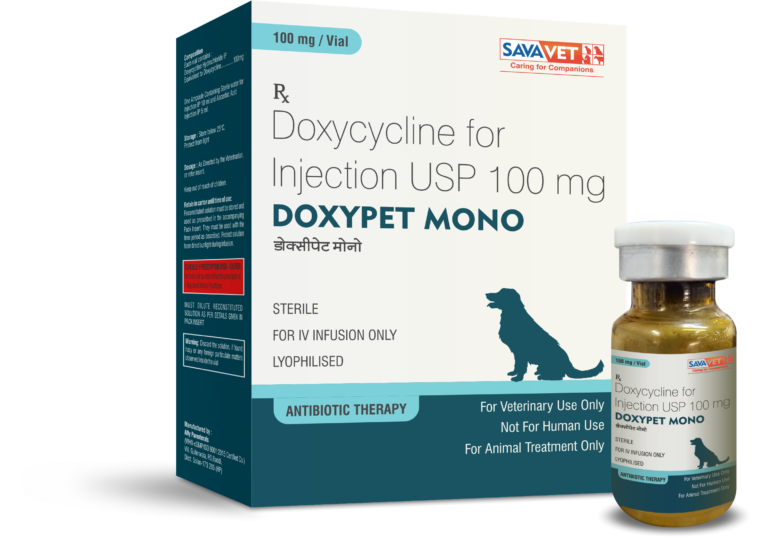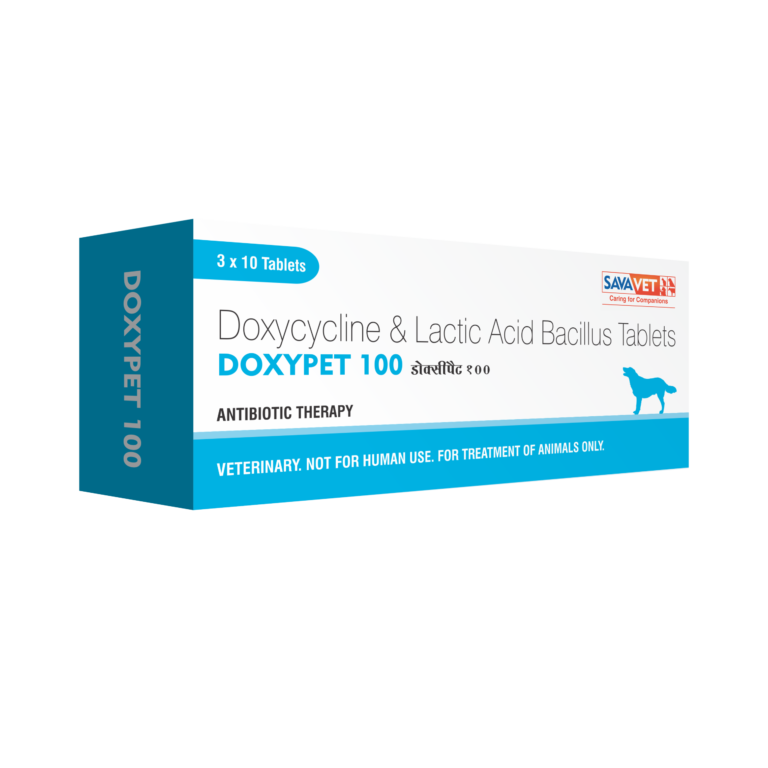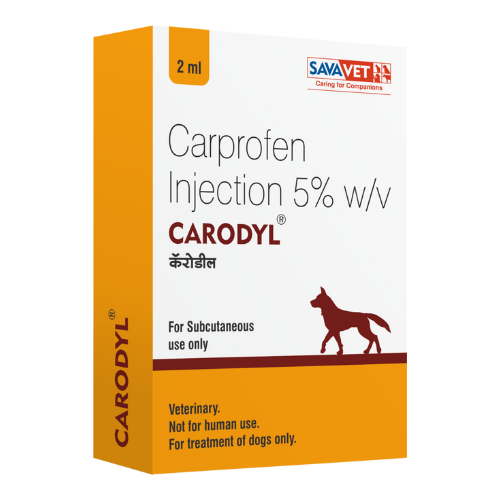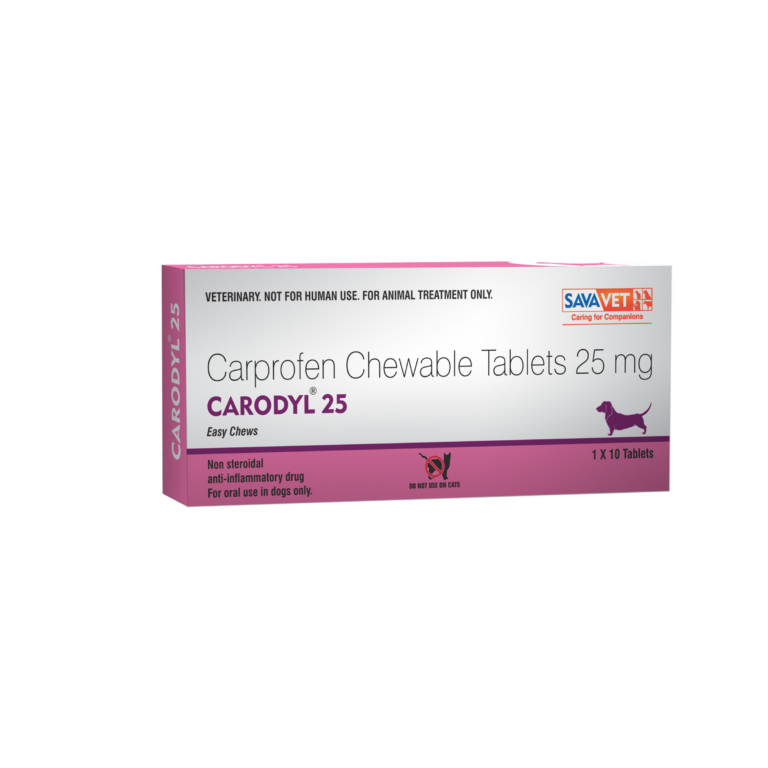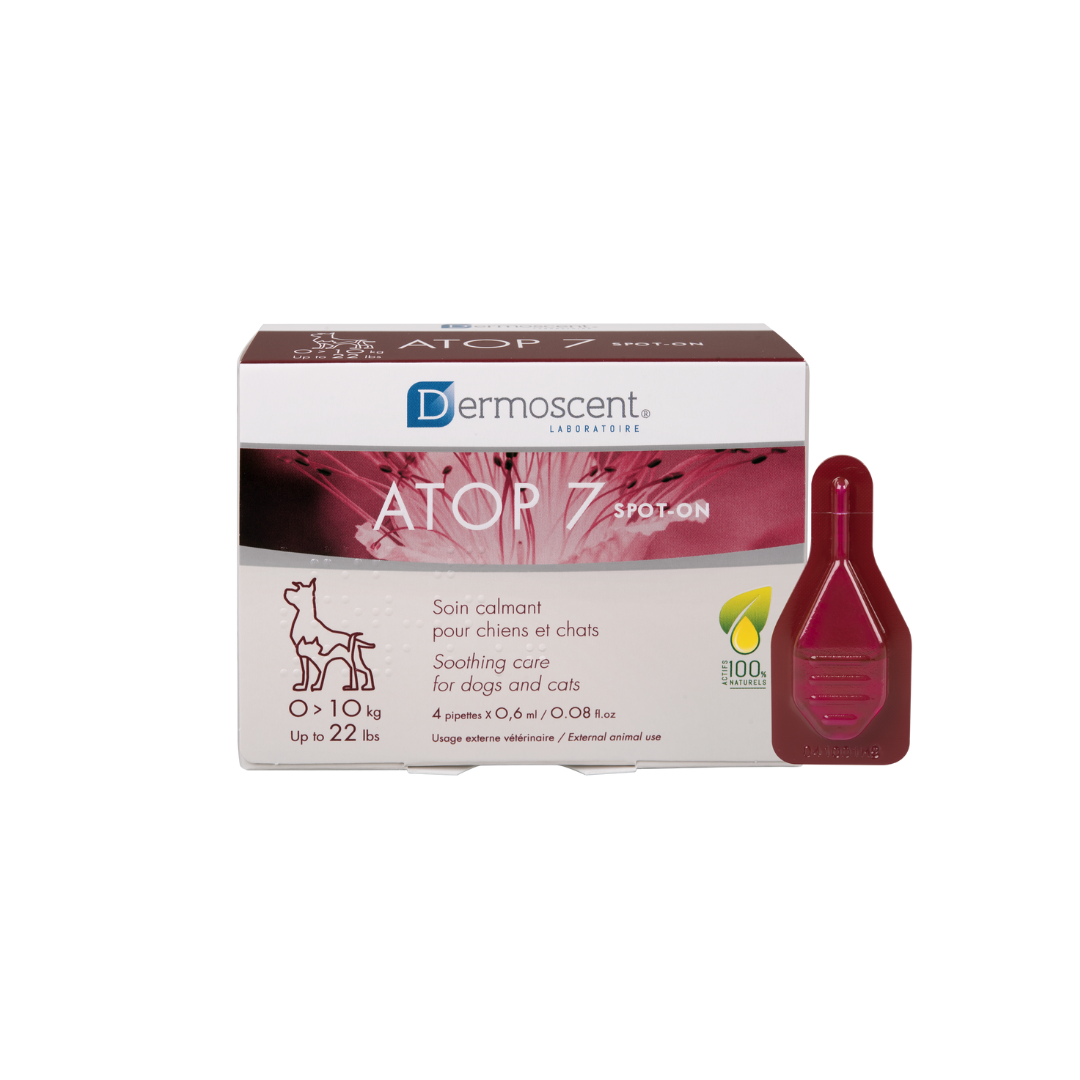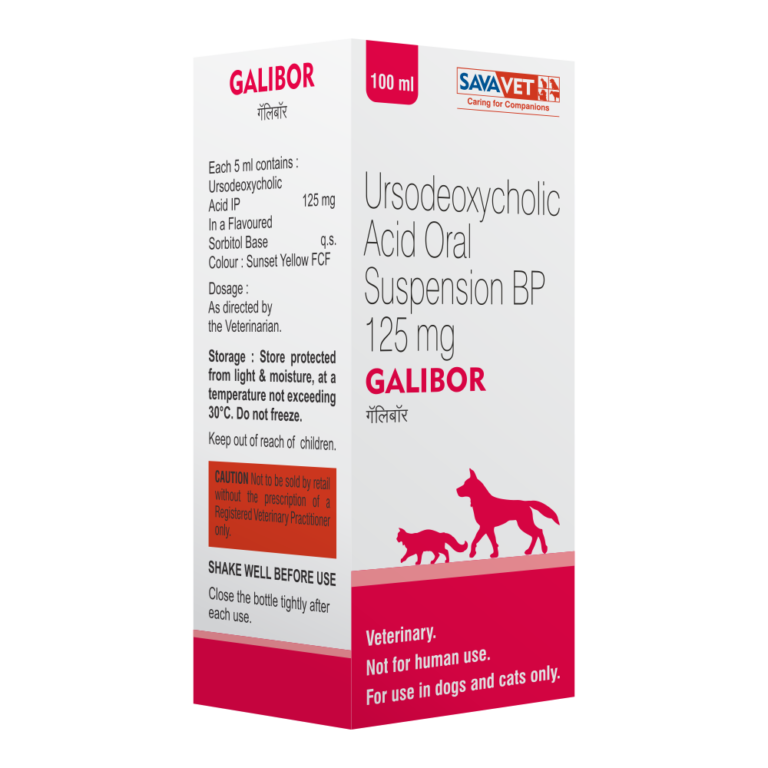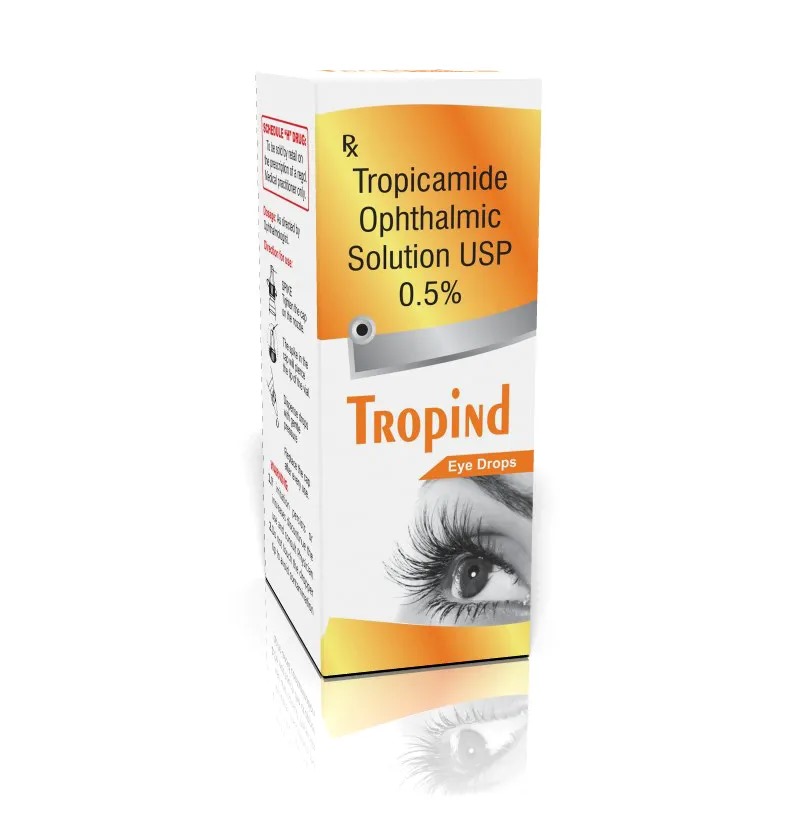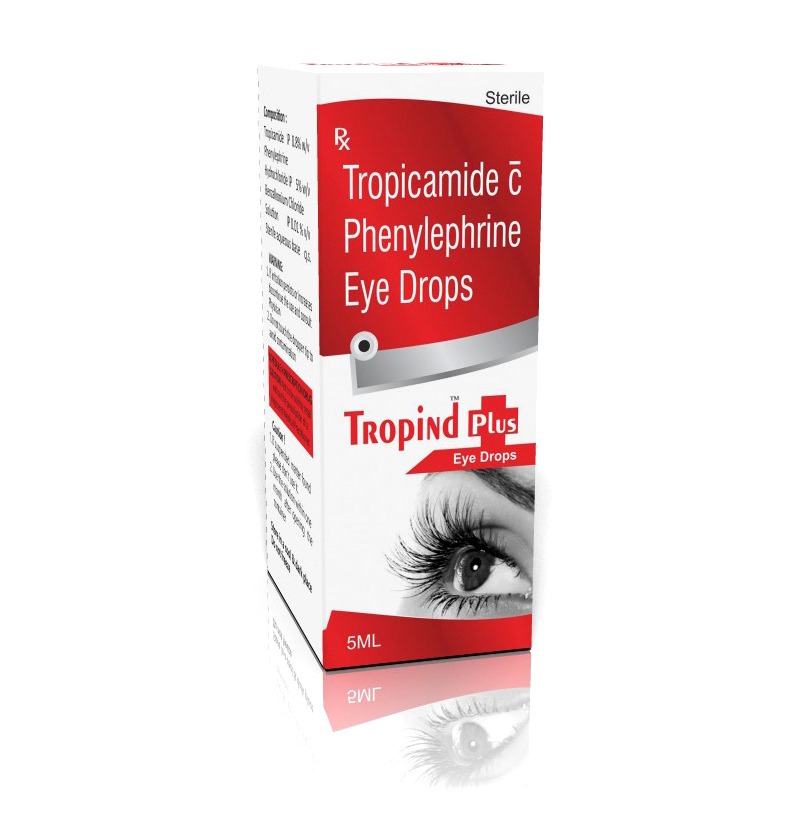CYCLOSIM 0.1% Eye Drops contain Cyclosporine A, which is an immunosuppressive drug. These eye drops are primarily used for conditions related to dry eyes and inflammation. Here's a detailed overview of its uses: 🔹 Primary Uses Treatment of Dry Eye Disease (Keratoconjunctivitis Sicca) Cyclosporine A in CYCLOSIM 0.1% is commonly used to treat dry eye disease associated with inflammation. It helps by increasing tear production and reducing the inflammation in the eye, making it useful for those who have chronic dry eye caused by insufficient tear production. Inflammatory Eye Conditions It can help reduce inflammation in the eyes, particularly in conditions where the immune system is involved in causing eye irritation or dry eye symptoms. 🔹 How It Works Cyclosporine A is an immunosuppressive agent that modulates the immune system by inhibiting the production of certain cytokines (especially interleukin-2). In the context of dry eyes, this helps to reduce inflammation in the tear glands and promotes tear production. ⚠️ Common Side Effects Burning or stinging sensation in the eye upon application Redness in the eye Eye discomfort or feeling of a foreign object in the eye Watery eyes Temporary blurred vision (typically resolves shortly after application) 🔹 Usage Tips Frequency: Typically applied twice a day, about 12 hours apart, in each affected eye. Application: Wash your hands thoroughly before using the drops. Tilt your head back and pull down the lower eyelid to form a small pocket. Instill 1 drop into the pocket of the lower eyelid. Close your eye gently and blink several times to help spread the medication. If you use other eye medications, wait at least 5–10 minutes between applications. Contact Lenses: Remove contact lenses before applying the drops and wait at least 15 minutes before reinserting. 🔹 Precautions Infections: If you have an active eye infection, this medication may not be appropriate as it could exacerbate it. Pregnancy and Breastfeeding: Consult your doctor if you are pregnant or breastfeeding before using Cyclosporine A eye drops. Other Medications: Always inform your doctor if you are using other eye medications or oral medications that may interact with Cyclosporine.
Send Message